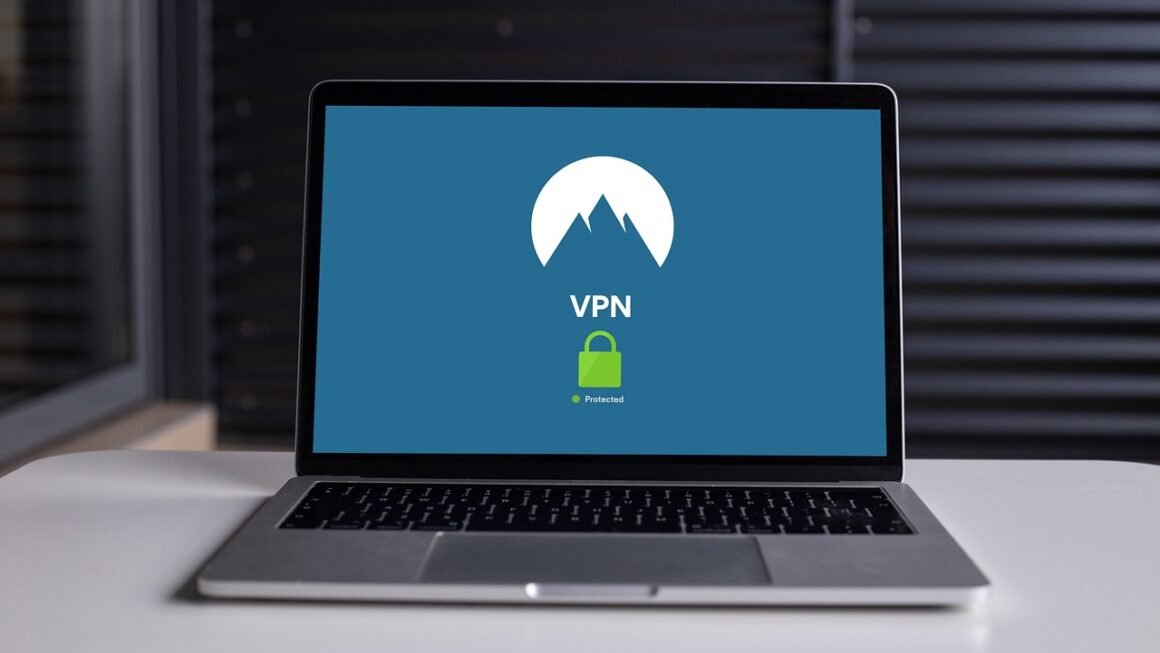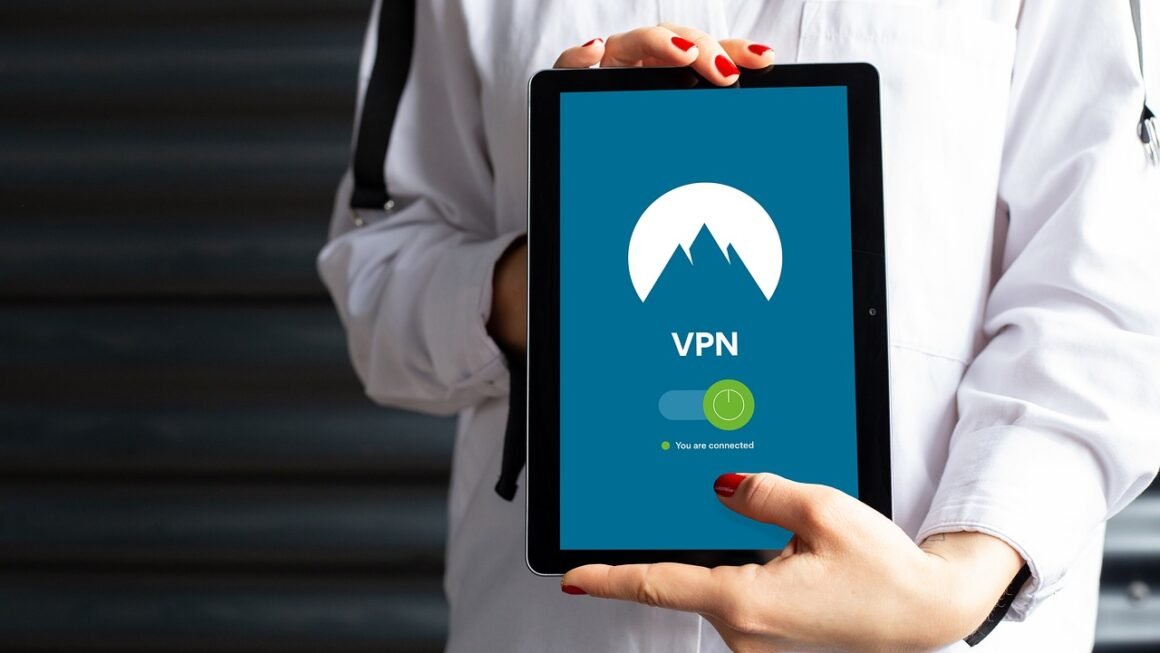Spyware, the silent intruder, poses a significant threat to your digital privacy and security. Operating stealthily in the background, it gathers sensitive information without your knowledge or consent. Understanding what spyware is, how it works, and how to protect yourself against it is crucial in today’s interconnected world. This article delves into the intricacies of spyware, providing you with the knowledge and tools to defend your digital life.
What is Spyware?
Definition and Core Functionality
Spyware is a type of malicious software designed to secretly observe and record user activity on a computer or mobile device. Unlike viruses or ransomware that often cause obvious damage, spyware operates discreetly, making it difficult to detect. Its primary goal is to collect data, such as:
- Browsing habits
- Login credentials (usernames and passwords)
- Financial information (credit card numbers, bank account details)
- Keystrokes (allowing interception of typed text)
- Personal communications (emails, chat logs)
- Location data (especially on mobile devices)
This information is then transmitted to a third party, who might use it for malicious purposes, including identity theft, financial fraud, or targeted advertising.
How Spyware Differs from Other Malware
While spyware is a type of malware, it’s important to distinguish it from other forms of malicious software:
- Viruses: Replicate and spread by attaching themselves to other files or programs.
- Worms: Self-replicating malware that can spread across networks without human interaction.
- Trojans: Disguise themselves as legitimate software to trick users into installing them.
- Ransomware: Encrypts files and demands a ransom for their decryption.
- Adware: Displays unwanted advertisements, often through pop-ups or banners.
Spyware focuses specifically on collecting information and often coexists with other types of malware. Its stealth and focus on data collection set it apart.
Common Spyware Tactics and Infection Vectors
Deceptive Bundling
One of the most common ways spyware finds its way onto your system is through deceptive bundling. This involves secretly including spyware within the installation package of seemingly harmless software.
- Example: A free media player or a file converter might come bundled with spyware. Unless you carefully read the installation agreement and deselect unwanted components, you could inadvertently install spyware.
- Actionable Takeaway: Always read the fine print during software installations and choose “Custom Installation” to deselect unwanted programs.
Drive-by Downloads
Drive-by downloads occur when spyware is automatically downloaded and installed on your computer simply by visiting a compromised or malicious website. No user interaction is required.
- Example: Visiting a website with outdated security vulnerabilities could trigger a drive-by download, silently installing spyware on your system.
- Actionable Takeaway: Keep your web browser and operating system up to date with the latest security patches. Use a reputable ad blocker to reduce the risk of encountering malicious advertisements.
Phishing and Social Engineering
Phishing attacks and social engineering tactics are also used to trick users into installing spyware.
- Example: You might receive an email that appears to be from a legitimate company, urging you to click on a link or download an attachment. Clicking the link could lead to a malicious website that installs spyware, or the attachment itself could contain spyware.
- Actionable Takeaway: Be wary of unsolicited emails, especially those that ask you to click on links or download attachments. Verify the sender’s identity before taking any action.
Exploiting Software Vulnerabilities
Spyware developers often exploit known vulnerabilities in software to gain access to your system.
- Example: If your operating system or web browser has a security flaw, spyware can exploit that flaw to install itself without your knowledge.
- Actionable Takeaway: Regularly update your software and operating system to patch any known vulnerabilities. Enable automatic updates whenever possible.
The Impact of Spyware: Risks and Consequences
Privacy Violations
The most obvious impact of spyware is the violation of your privacy. Spyware can collect sensitive information about your online activities, personal communications, and financial details.
- Example: Spyware can track your browsing history, revealing the websites you visit and the searches you conduct. This information can be used to create a detailed profile of your interests and habits.
Financial Loss
Spyware can lead to financial loss by stealing your login credentials, credit card numbers, or bank account details.
- Example: Keyloggers can capture your usernames and passwords as you type them, allowing cybercriminals to access your online banking accounts or other financial services.
Identity Theft
The information collected by spyware can be used for identity theft.
- Example: Spyware can gather your name, address, date of birth, and social security number, which can be used to open fraudulent accounts in your name or to commit other forms of identity theft. According to the FTC, identity theft is consistently one of the top consumer complaints.
Performance Issues
Spyware can slow down your computer or mobile device by consuming system resources.
- Example: Spyware running in the background can use up CPU and memory, making your device sluggish and unresponsive. It can also increase internet traffic, slowing down your connection speed.
Network Security Risks
Spyware can compromise your network security by creating backdoors that allow attackers to gain access to your system.
- Example: Spyware can be used to install additional malware or to turn your computer into a botnet, which can be used to launch attacks against other computers or networks.
Protecting Yourself from Spyware: Prevention and Removal
Installing and Using Anti-Spyware Software
The first line of defense against spyware is to install and use reputable anti-spyware software.
- Benefits:
Scans your system for spyware and other malware.
Removes detected spyware.
Provides real-time protection against new spyware threats.
Regularly updates its database of known spyware signatures.
- Examples:
Malwarebytes
Bitdefender
Norton AntiVirus
- Actionable Takeaway: Choose a reputable anti-spyware program and keep it up to date. Schedule regular scans of your system.
Safe Browsing Practices
Adopting safe browsing habits can significantly reduce your risk of spyware infection.
- Tips:
Avoid visiting suspicious websites or clicking on untrusted links.
Be wary of pop-up ads and avoid clicking on them.
Use a strong password manager to generate and store complex passwords.
Enable two-factor authentication whenever possible.
Software Updates and Patch Management
Keeping your software and operating system up to date is crucial for protecting against spyware.
- Benefits:
Patches security vulnerabilities that spyware can exploit.
Improves overall system security.
Ensures compatibility with the latest security features.
- Actionable Takeaway: Enable automatic updates for your operating system, web browser, and other software applications.
Awareness and Education
Being aware of the risks of spyware and educating yourself about safe online practices is essential.
- Tips:
Stay informed about the latest spyware threats and tactics.
Be cautious of phishing emails and social engineering attempts.
Read the fine print during software installations.
Educate your family and friends about spyware risks.
Conclusion
Spyware is a persistent and evolving threat that can compromise your privacy, security, and financial well-being. By understanding how spyware works, adopting safe browsing practices, and using anti-spyware software, you can significantly reduce your risk of infection. Stay vigilant, stay informed, and take proactive steps to protect your digital life. The ongoing battle against spyware requires continuous effort and adaptation to new threats, so remain alert and prioritize your online security.



